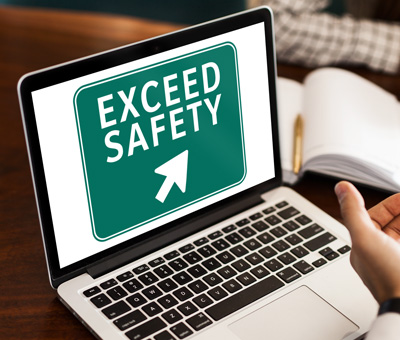Imagine driving blindfolded across a football field for just a few seconds. This scenario approximates the risk of texting while driving at 55 mph. In 2021, such distracted driving was a significant factor behind 3,522 preventable deaths on US highways, highlighting a crisis that demands our immediate attention.
The Perils of Distracted Driving
The danger of distracted driving cannot be overstated—it is a deadly habit that has claimed thousands of lives. Research indicates that texting while driving is six times more likely to result in an accident than drunk driving. However, cell phone use is just one aspect of this issue. Other distractions, such as eating, adjusting navigation systems, or engaging in conversations with passengers, also significantly contribute to road accidents, accounting for approximately 25% of all incidents. Clearly, distracted driving is not a risk worth taking.
The Startling Statistics
In 2021 alone, 3,522 lives were lost to distracted driving, a number so vast it could fill 10 jumbo jets. These are not just cold statistics; they represent families torn apart, dreams unfulfilled, and potential extinguished. Each statistic serves as a stark reminder of the urgent need to address this issue, with each number representing a person whose absence leaves a void in the hearts of their loved ones and communities.
The Legal Landscape
Laws across the nation are evolving to curb the menace of distracted driving. For instance, Michigan has implemented its Hands-Free Driving Law, which imposes a $100 fine or mandates 16 hours of community service for violations. Similarly, North Dakota intensifies its patrols during April, promoting the “Put The Phone Away Or Pay” campaign to deter distracted driving. These measures underscore the collective effort to mitigate this hazard on our roads.
Technological Guardians
In the battle against distracted driving, technology offers hope. Innovative apps and devices designed to block cell phone use while driving are becoming more prevalent. These tools are not just for concerned parents of teenage drivers; businesses are adopting them to ensure the safety of their employees on the road. This proactive approach enhances not only individual safety but also contributes to societal well-being by preventing potential accidents.
The Human Cost
The consequences of distracted driving extend beyond legal ramifications to the realm of human suffering. Each statistic represents a life cut short—a person who played a vital role in their community, family, and circle of friends. The ripple effects of these tragedies are far-reaching, affecting not just the immediate families of the victims but also leading to increased insurance premiums and imposing a profound emotional toll on all affected parties.
A Call to Action
As we observe National Distracted Driving Month, it’s imperative that we commit to making our roads safer. Adopting the following measures can significantly reduce the incidence of distracted driving:
- Stow Your Phone: Keeping your phone out of reach can help resist the temptation to use it while driving.
- Pull Over to Communicate: If a conversation is urgent, find a safe place to park before using your phone.
- Prep Before You Drive: Set up your navigation and music before you start driving to eliminate the need for adjustments on the road.
- Adjustments First: Make sure your seats, mirrors, and other settings are adjusted before embarking on your journey.
- Rest for Vigilance: Fatigue can impair focus. Taking regular breaks during long drives helps maintain alertness.
By embracing these practices, we can collectively make strides toward eliminating distracted driving. Remember, when you’re behind the wheel, every second and every decision counts.
Let us renew our commitment to road safety, not just during National Distracted Driving Month but throughout the year. Share this article to spread awareness and inspire others to join the cause. Together, we can save lives and make our roads safer for everyone.
Building Safety from the Start with Prevention Through Design
In workplace safety, the best results come from stopping hazards before they ever reach employees. While training, procedures, and personal protective equipment (PPE) are important, the most effective approach is to design hazards out of the workplace from the beginning. This approach is known as Prevention through Design (PtD). What is Prevention through Design? Prevention…
Continue Reading Building Safety from the Start with Prevention Through Design
Emergency Preparedness: Staying Ready
Whether a misstep causes a fall or a natural disaster causes an evacuation, emergencies happen. Emergency preparedness and response can mean the difference in avoiding an injury or ending with a fatality. Emergencies come with little to no warning. While we may think these are extreme situations that will “never” happen to us, the reality…
Continuous Improvement and Immersive Training in Action
Construction is a dangerous business. Risks are constant, standards shift, and complacency can be deadly. For Jennifer Lastra, a U.S. Navy veteran and current CEO of 360 Immersive, corporate-style training falls far short. True safety begins with continuous improvement, supported by real engagement on the job. Training Should Go Beyond a Click-Through Box “Corporate training…
Continue Reading Continuous Improvement and Immersive Training in Action











